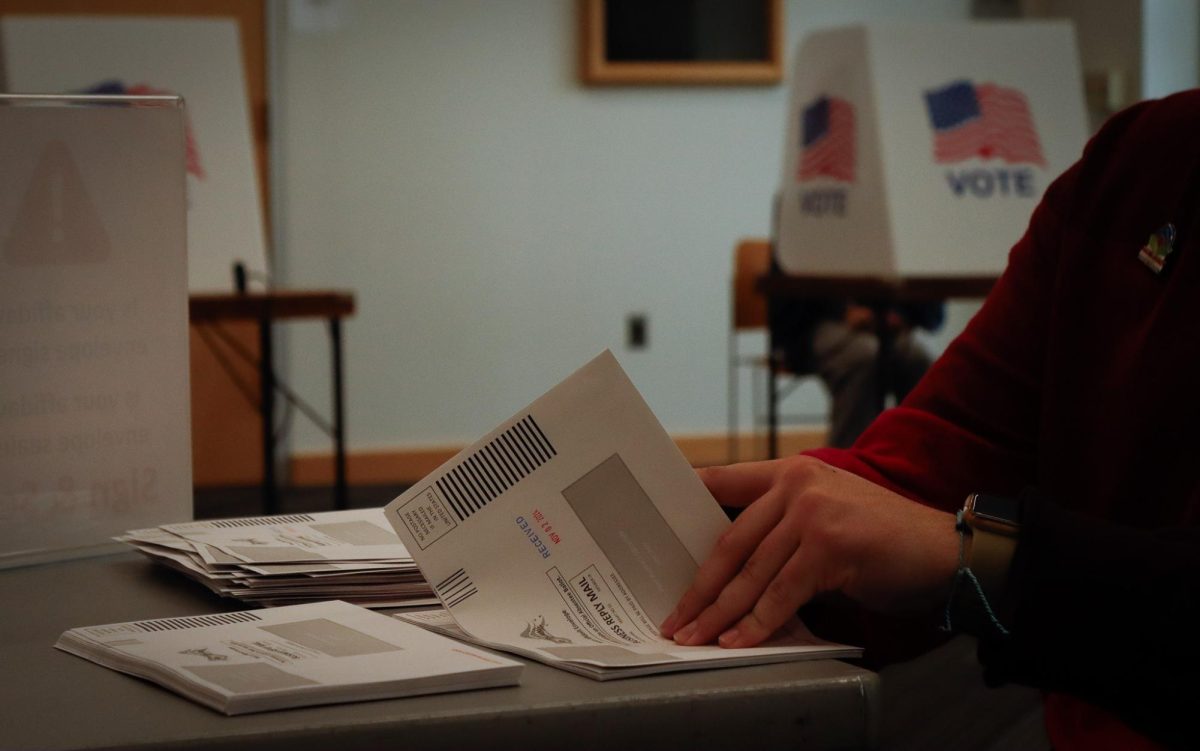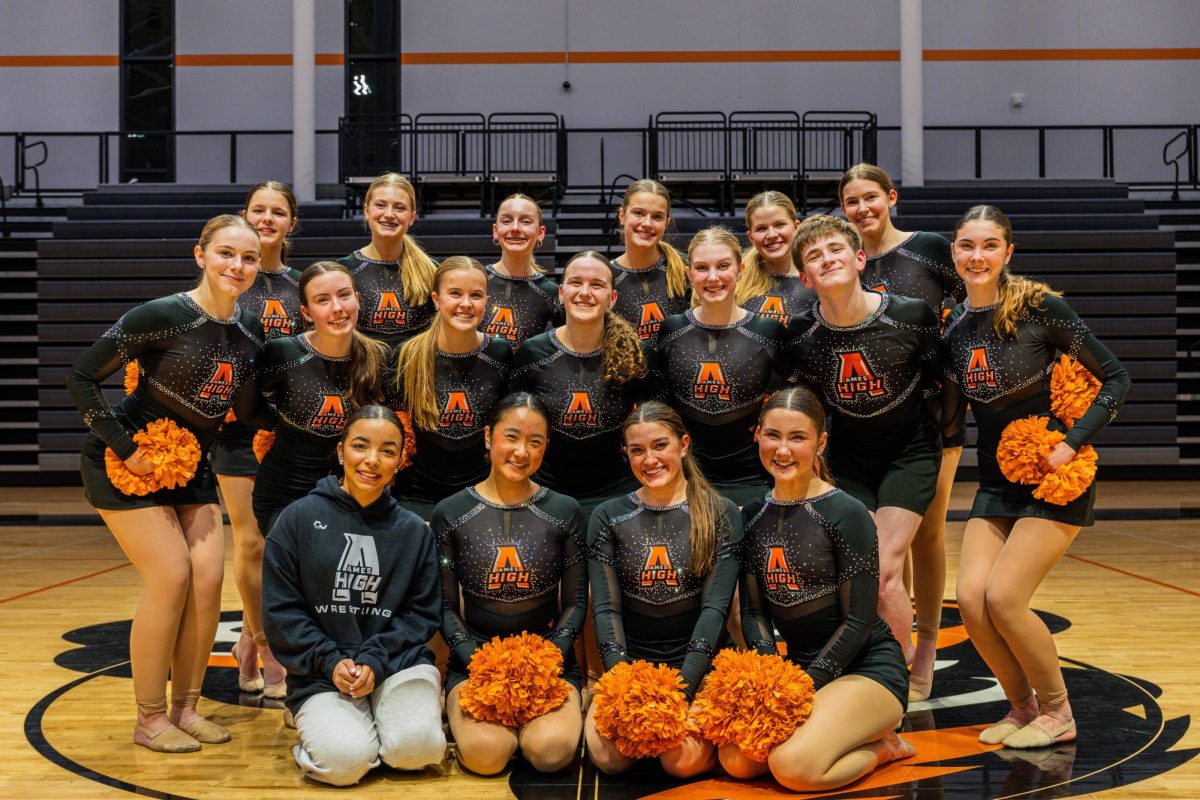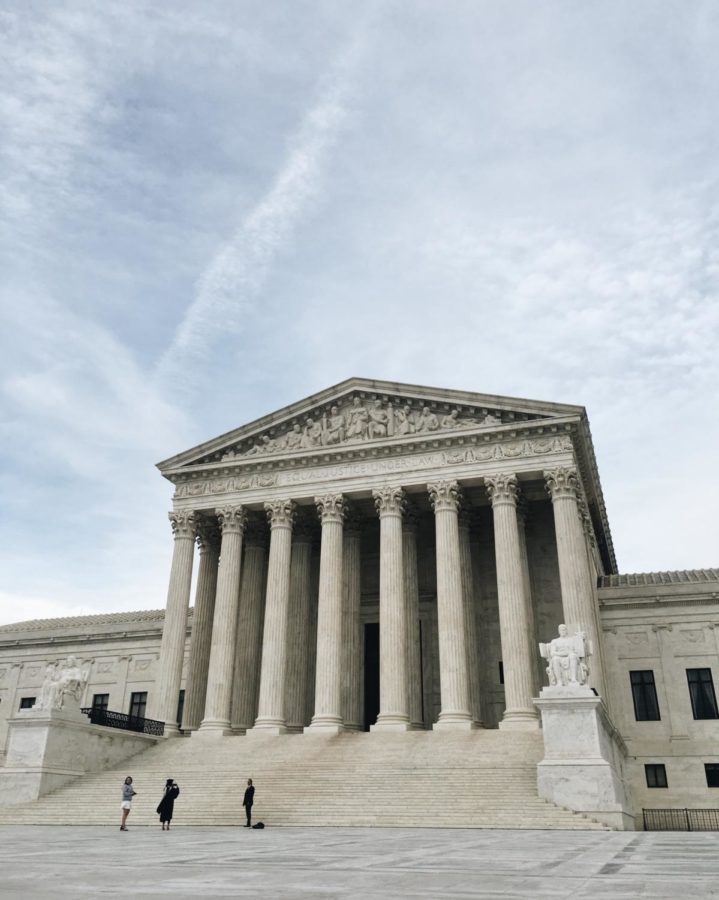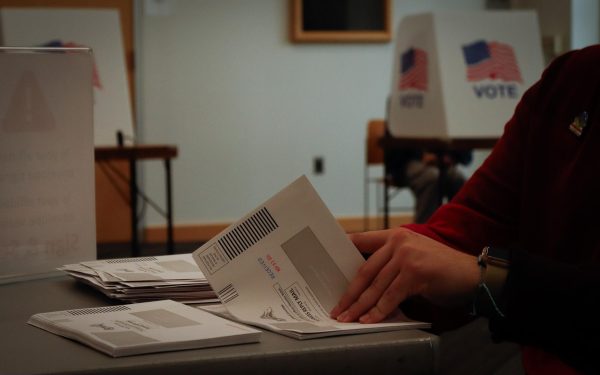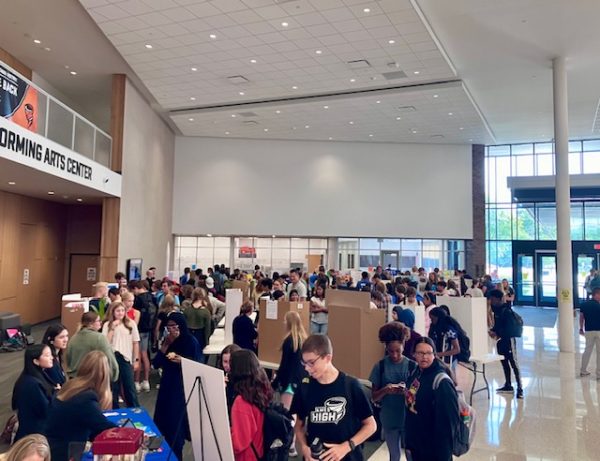Affirmative Action 101: What It Is and What It Isn’t
“If I’m more qualified than them, then I wouldn’t want someone else to be admitted instead of me just because they’re a minority and I’m not,” a friend said. And as a minority, I entirely agree; most of us would. But if you’re thinking about the highly controversial topic of affirmative action like my friend, you’re wrong.
In October 2022, the Supreme Court heard Students for Fair Admissions (SFFA) v. Harvard and UNC, the fourth major case on affirmative action. The constitutional question was, “May higher education institutions use race as a factor in admission?” To answer this question, we need to examine how race is used as a factor by investigating three SCOTUS cases: Bakke v. California, Grutter v. Bollinger, and Fisher v. UT Austin.
When President Kennedy implemented affirmative action in 1977, it was intended to “correct or compensate for past or present discrimination or to prevent discrimination from recurring in the future,” as corroborated by U.S. Commission on Civil Rights, the official government agency enforcing affirmative action. This early framework is often the source of why misinformed individuals argue that affirmative action is “reparations.”
However, the ruling of Bakke v. California the following year prohibited admission processes that established quotas or a guaranteed number of spots for racial minorities. Grutter v. Bollinger and Fisher v. UT Austin further limited the scope of affirmative action by abolishing the minority = +1 point system and enforcing the standard of strict scrutiny, meaning race-conscious policies needed to serve a compelling governmental interest. This compelling interest has been argued as the benefits of diversity for students on campus ever since. It’s also why every college admissions website has a page dedicated to the importance of diversity and the role it plays in their campus community.
Diversity does play a role in student education. In a meta-analysis of 19 studies on the impact of diversity on students, Nicholas Bowman, a veteran researcher on affirmative action and professor of Higher Education and Student Affairs, concludes, “the evidence for cognitive benefits of college diversity experiences is quite strong.”
Currently, affirmative action is constitutional when tailored for diversity. However, the SCOTUS decision to re-evaluate its constitutionality will arrive by the summer of 2023. Questions like “is affirmative action still necessary?” “Is diversity truly a compelling government interest?” or “Is affirmative action equitable and/or equal?” are all questions we should ask ourselves. But to do this, we all need to reconstruct our misconceptions to understand what affirmative action is: a tool for a holistic review of equally competitive applicants and establishing diversity on campuses, not a racist policy that gives less qualified minorities insurance of admittance when competing against a more qualified non-minority applicant.
Works Cited
Bowman, N. A. (2010). College Diversity Experiences and Cognitive Development: A Meta-Analysis. Review of Educational Research, 80(1), 4–33. https://doi.org/10.3102/0034654309352495
CNBC Make It. “How Asian Americans Became the Center of the Affirmative Action Debate.” YouTube, YouTube, 21 May 2022, https://www.youtube.com/watch?v=uUnX4bqDkfo&ab_channel=CNBCMakeIt.
“Fisher v. University of Texas.” Oyez, www.oyez.org/cases/2012/11-345. Accessed 11 Dec. 2022.
“Grutter v. Bollinger.” Oyez, www.oyez.org/cases/2002/02-241. Accessed 11 Dec. 2022.
Hartocollis, Anemona. “How Will College Admissions Change If Affirmative Action Is Eliminated?” The New York Times, The New York Times, 31 Oct. 2022, https://www.nytimes.com/2022/10/31/us/politics/college-admissions-affirmative-action.html?searchResultPosition=9
“Influence of Student Characteristics in College Admissions Decisions, 2018–2019 Academic Year.” Gale Opposing Viewpoints Online Collection, Gale, 2020. Gale In Context: Opposing Viewpoints, link.gale.com/apps/doc/MPLJSG141767332/OVIC?u=amespub_main&sid=bookmark-OVIC&xid=2b4ceb66. Accessed 11 Dec. 2022.
Johnson, Taylor. “The Top 5 Ways That Diversity in Education Benefits Students Success.” UF College of Journalism and Communications, University of Florida, 20 May 2020, https://www.jou.ufl.edu/2020/05/20/the-top-5-ways-that-diversity-in-education-benefits-students-success/.
“On the Importance of Diversity in Higher Education.” American Council on Education, ACE, 3 Jan. 2023, https://www.acenet.edu/Documents/BoardDiversityStatement-June2012.pdf.
“Regents of the University of California v. Bakke.” Oyez, www.oyez.org/cases/1979/76-811. Accessed 11 Dec. 2022
Saul, Stephanie. “Top Colleges Where Affirmative Action Was Banned Say It’s Needed.” New York Times, 08/27 2022. ProQuest; SIRS Issues Researcher, https://explore.proquest.com/sirsissuesresearcher/document/2719159295?accountid=8290
“The American Association for Access, Equity and Diversity (AAAED):” AAAED, https://www.aaaed.org/aaaed/About_Affirmative_Action__Diversity_and_Inclusion.asp.
“What the end of affirmative action could mean for college diversity.” Weekend All Things Considered, 5 Nov. 2022, p. NA. Gale In Context: Opposing Viewpoints, link.gale.com/apps/doc/A725142496/OVIC?u=amespub_main&sid=bookmark-OVIC&xid=bbac69f5. Accessed 11 Dec. 2022.
Your donation will support the student journalists of Ames High School, and Iowa needs student journalists. Your contribution will allow us to cover our annual website hosting costs.

David Lee is a senior at Ames High. He joined the Web as the multimedia editor in 2022. This year, he plans to expand the Web into the videography...


